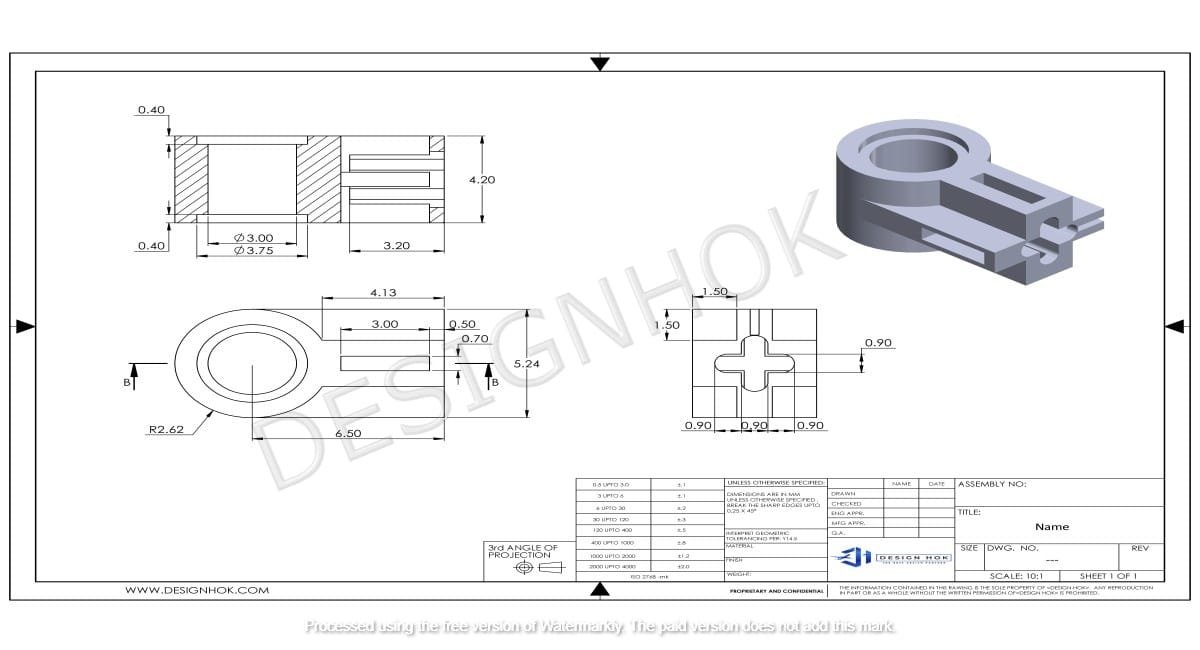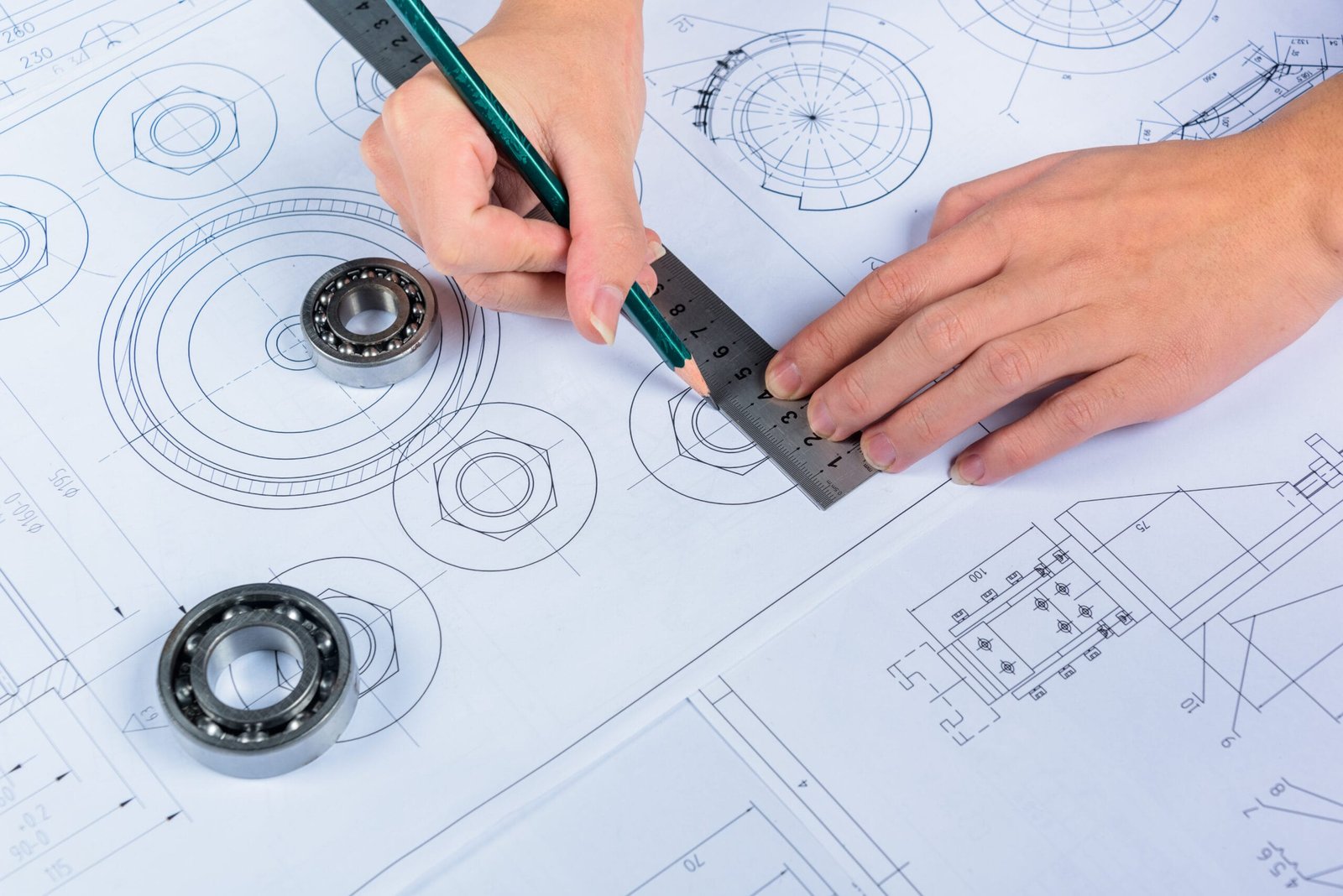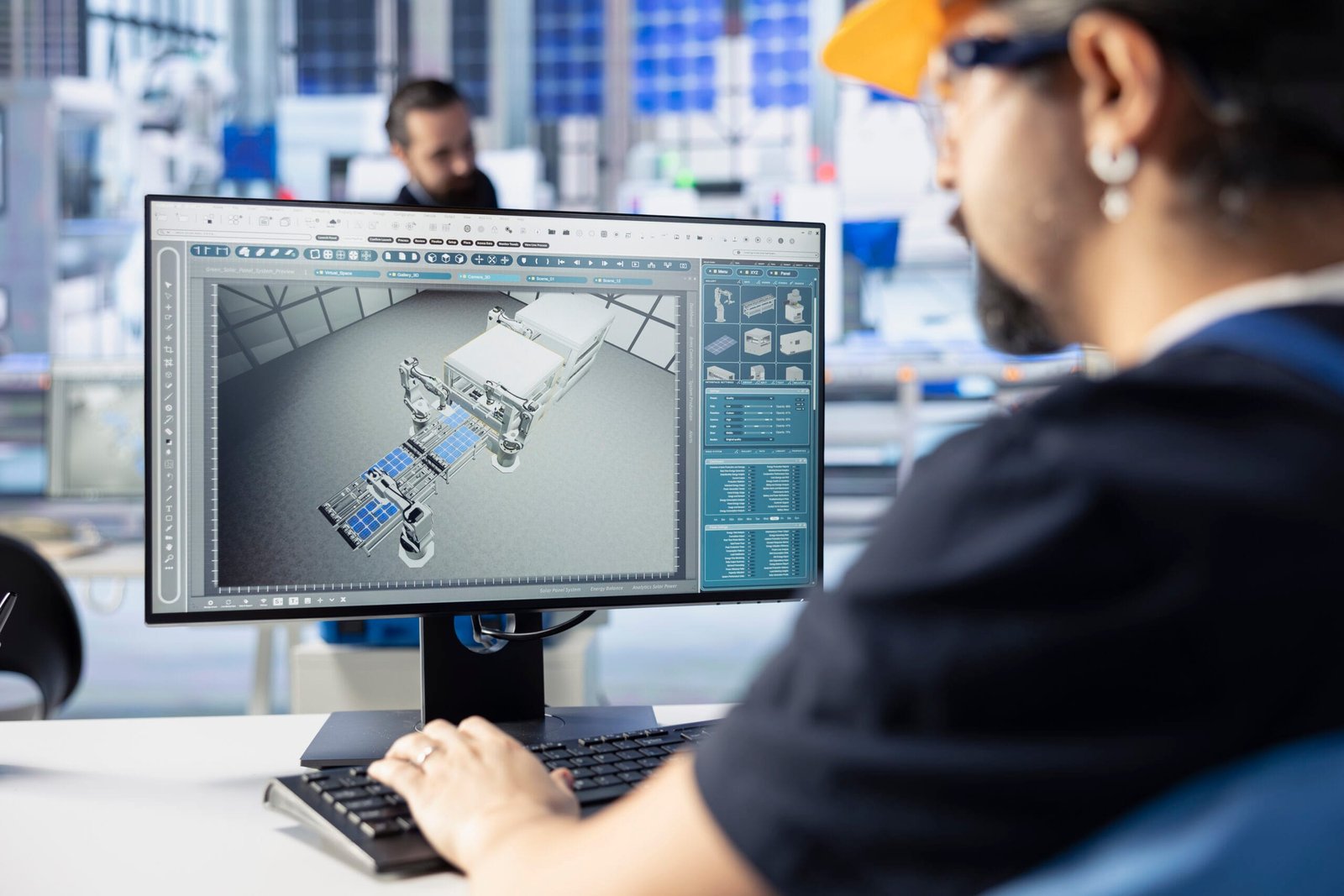Description:
Many fields require 2D technical drawings. Engineers, architects, and designers provide a clear and detailed representation of parts and assemblies. If you want to make these drawings, then you need a strong understanding of basic principles and workflow techniques.
Introduction
Many fields require 2D technical drawings, like engineering, manufacturing, and architecture. You can represent exact details with 2D technical drawings. You must be precise and make clear drawings for display. These drawings result in more complicated drawings becoming simpler. In order to make accurate 2D technical drawings, you must have basic concepts of drafting, choosing tools, and the process. Now we will dive deep into the steps to become a master in 2D technical drawing. We will also talk about suitable tools to finalize details and share drawings professionally.
Steps to Create 2D Technical Drawings
1. Understanding the Basics of 2D Technical Drawings
You must know the main elements of 2D drawings before you start:
- Line Types and Thicknesses: You get information about boundaries, sections, and hidden lines in these drawings. So, the thickness of each line type expresses specific meanings..
- Views and Layouts: You need various views in 2D technical drawings to explain all aspects of an object accurately.
- Scaling and Dimensioning: You must ensure accuracy in your drawings. Moreover, its dimensions should also be labelled clearly to show sizes and other things.
It is quite useful to have a strong grip on these basics.
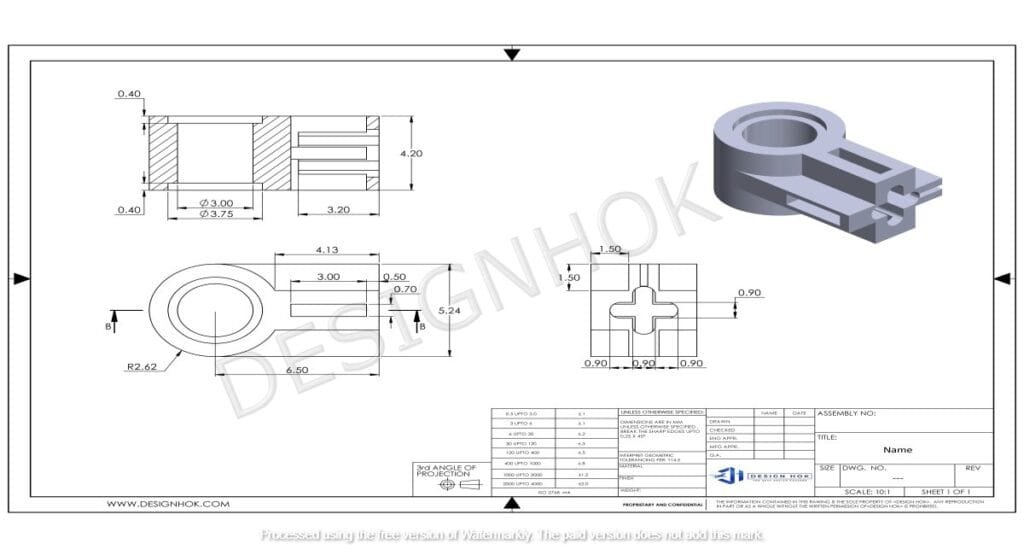
2. Selecting the Right Tools 2D Technical Drawings
Here are some tools that you can choose from depending on your needs:
- Manual Tools: Drawing by hand requires tools such as a square, a compass, and pencils.
- Softwares: The most widely used softwares for CAD designing include AutoCAD, SolidWorks, and DraftSight. You can do layering, set accurate dimensions, and do automated scaling. This makes your designs easy.
You must spend money on reliable tools. This is because such tools form a strong base for 2D technical drawings.
3. Setting Up the Drawing
You must start with a template. This is because it offers a basic layout that includes a title block, scale, and date.
- Title Block: You get the information about drawing, like title, date, author, and project details. This makes sure that you can easily know about your project.
- Borders and Margins: You must keep your drawings professional. This is done by adding margins and borders. You get information about structure and readability.
- Scales and Units: You must set an accurate scale. In technical drawings, measurements must be precise. You can pick a scale that fits your drawing.
You must keep your layout organized and professional. This gives your drawing a strong structure.
4. 2D Technical Drawings of the Object
Now you should move to 2D technical drawings and object outlines. You must begin with the front view. Here are some suggestions:
- Base Views: You must start with important sides like front, side, and top. Apart from that, you also have to label the main shapes and sections of the object.
- Holistic Views: You can add dissected views for complicated parts. So, you can easily explain internal structures.
- Layers Management: You are able to use layers in CAD software. So, the elements of drawing become easier to manage. These elements include outlines, hatching, dimensions, and annotations.
You should review your drawing to make sure that the view is accurate and understandable.
5. Inserting Elements
You get information about the size, distance, and angles with the help of dimensions. However, annotations give you extra information, such as material types or manufacturing instructions.
- Dimension Placement: Your dimensions should be labelled outside the object for better clarity. In addition, you should ensure that the distances are consistent.
- Clear Labeling: You must label all the necessary measurements in a clear and brief font.
- Annotation Symbols: You can use standard symbols to show different things.
6. Finish the Drawing
You have to keep all thoughts, dimensions, and annotations. You must review and complete your drawing.
- Double-check every view to be sure all details are included.
- Make sure dimensions are correct and nothing is missing.
- Recheck that line styles, thicknesses, and fonts look the same across the whole drawing.
7. Save Your Drawing
A number of CAD programs allow you to save drawings in various formats. Here are some suggestions
- File Format: You have to pick a format that is best for your client. You can view in PDF format; however, DWG files help to keep layers in place.
- Version Control: You also have the option to save a number of versions. This allows you to revert to earlier versions if needed.
- File Naming: You should use the same naming system across all your files. You can include the title, date, and revision.
You must make sure that your files are easier to manage and handle. So, it becomes easier to fetch these files.
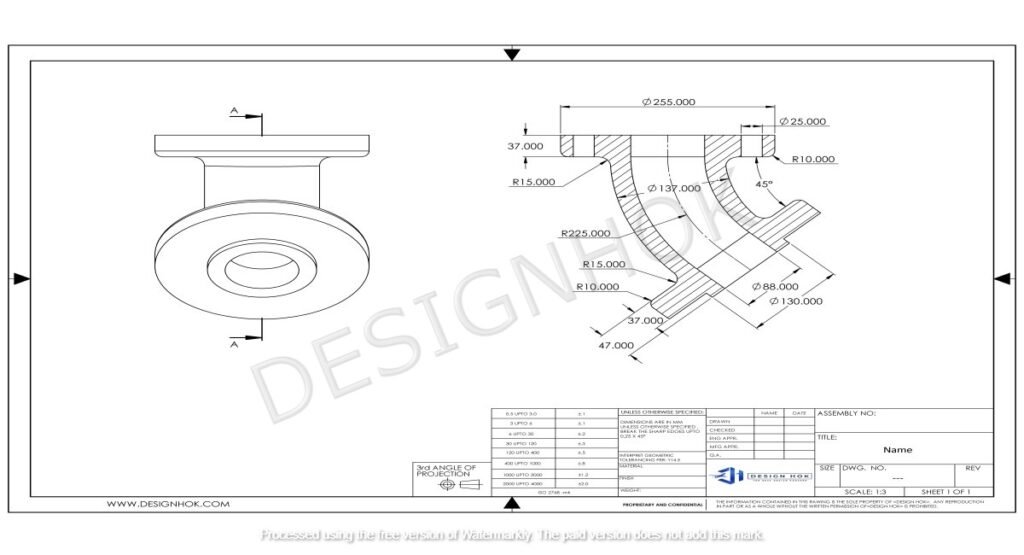
Conclusion
It is a skill to create 2D technical drawings. You must practice and draw with complete focus. You need to know the basics of drafting and pay attention to detail. It involves knowing about different views, picking tools, and setting the layout. So, finalized drawings become a clear and accurate way to share ideas.
FAQ
1. Which elements are necessary in a 2D technical drawing?
You must display multiple views, dimensions, and annotations. Moreover, you should show details like line type, scale, and a title.
2. Tell the best tools to create 2D drawings?
If you want to do it manually, then you can use tools like drawing squares, compasses, and set squares. You can use digital tools, which include AutoCAD or SolidWorks. These provide you with features for dimensioning, layering, and scaling.
3. Why do you need to do dimensioning in 2D drawings?
You get the exact measurements, angles, and specifications with dimensioning. This allows you to make parts precisely according to design.
4. How to make sure that my 2D technical drawing is accurate?
You can review everything, like dimensions and other things, to be professional. A colleague may help you maintain quality and control standards.
5. What are the best file types for sharing 2D drawings?
You must view in PDF format. However, DWG and DXF are best for editing.

